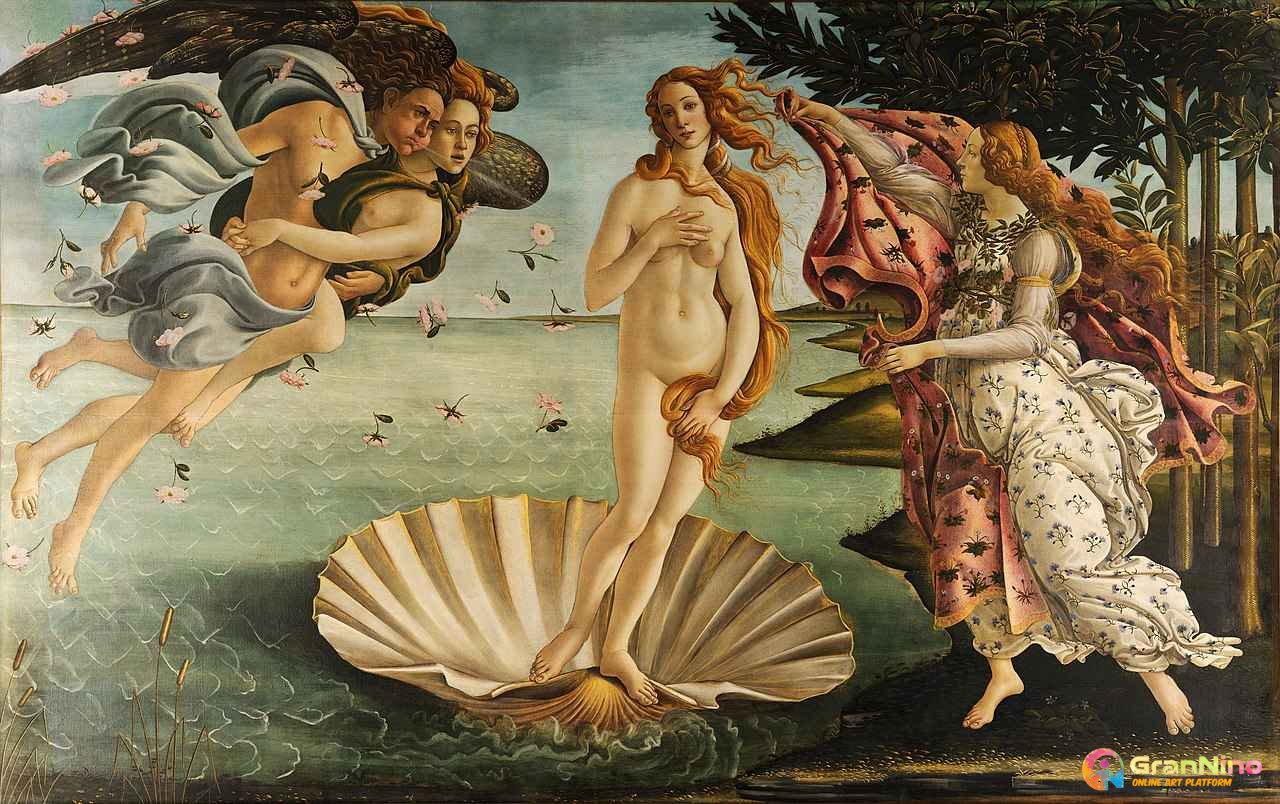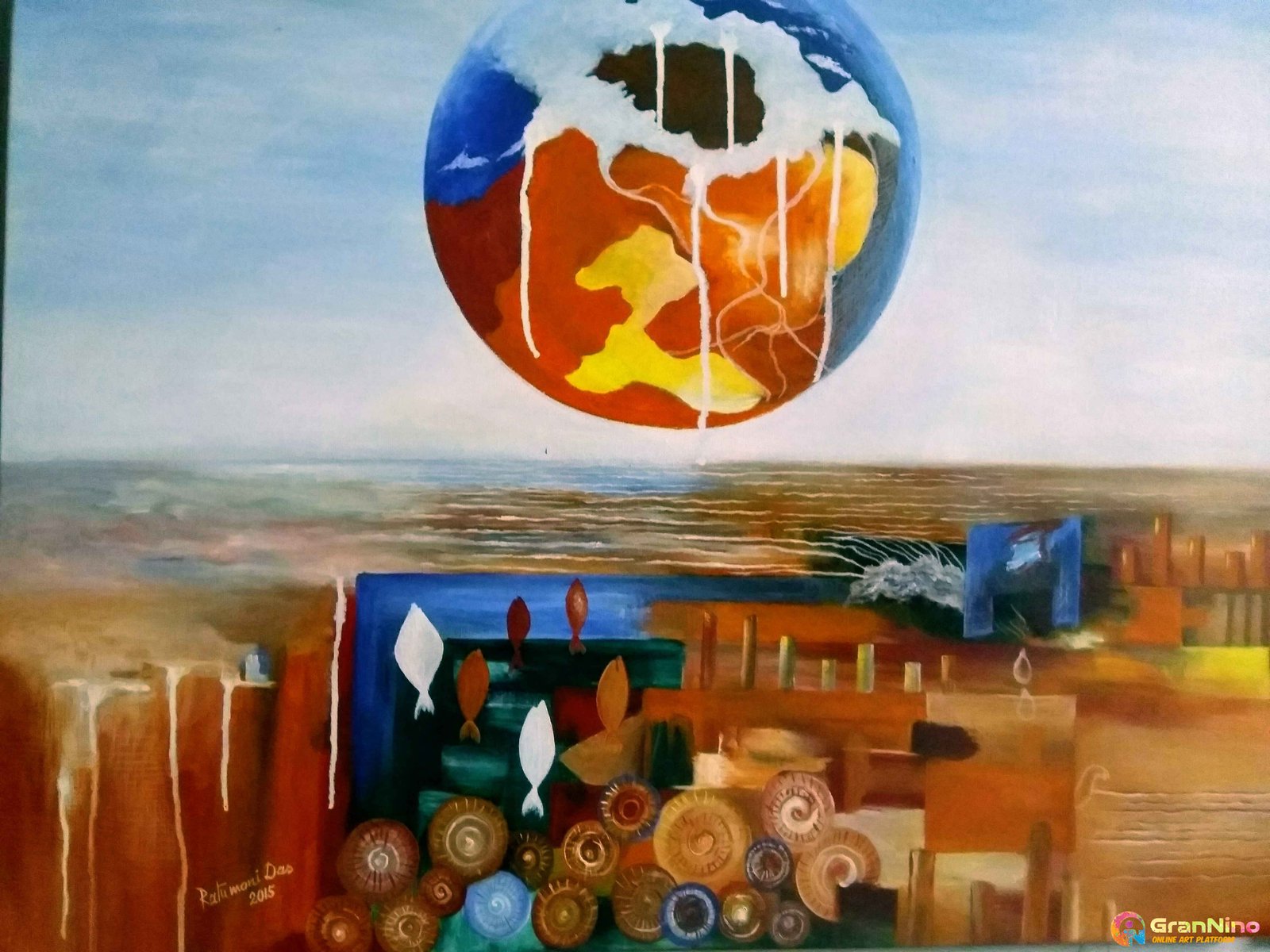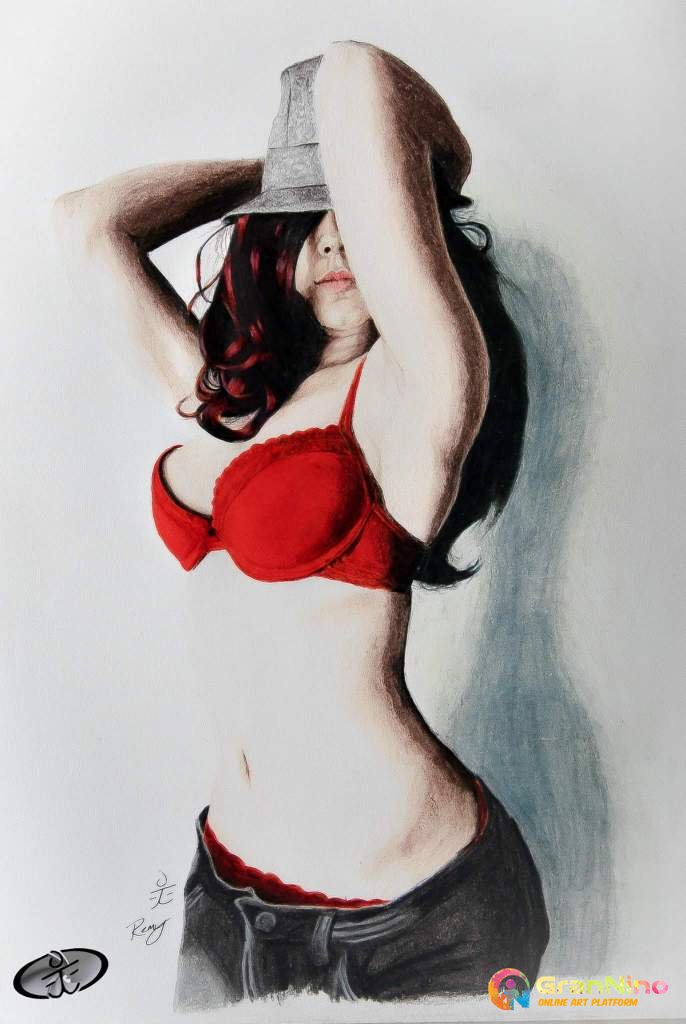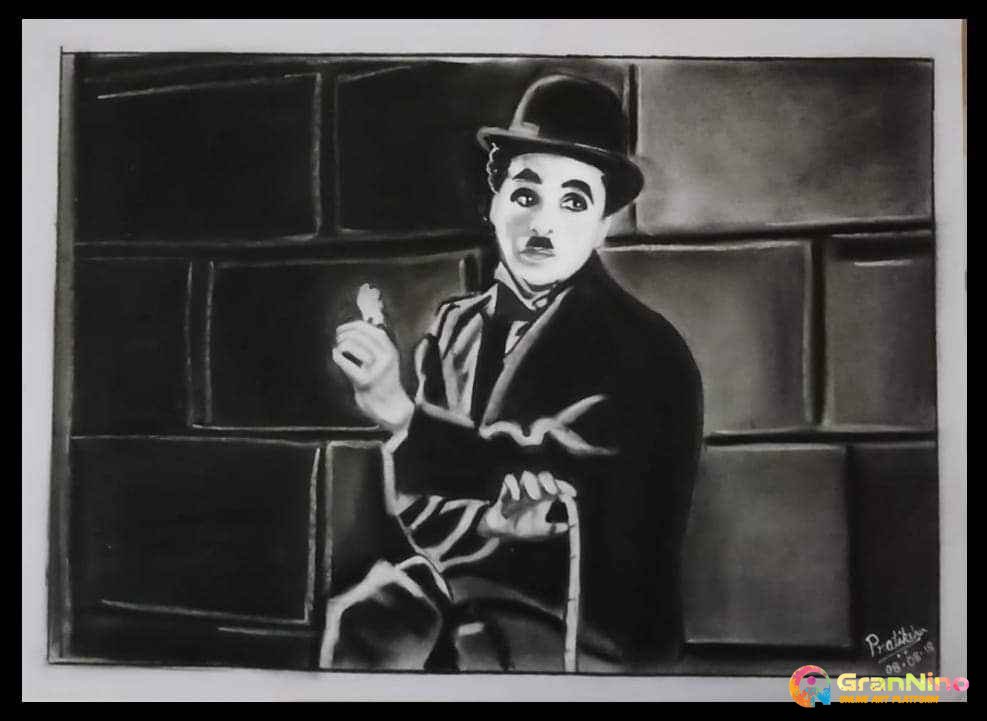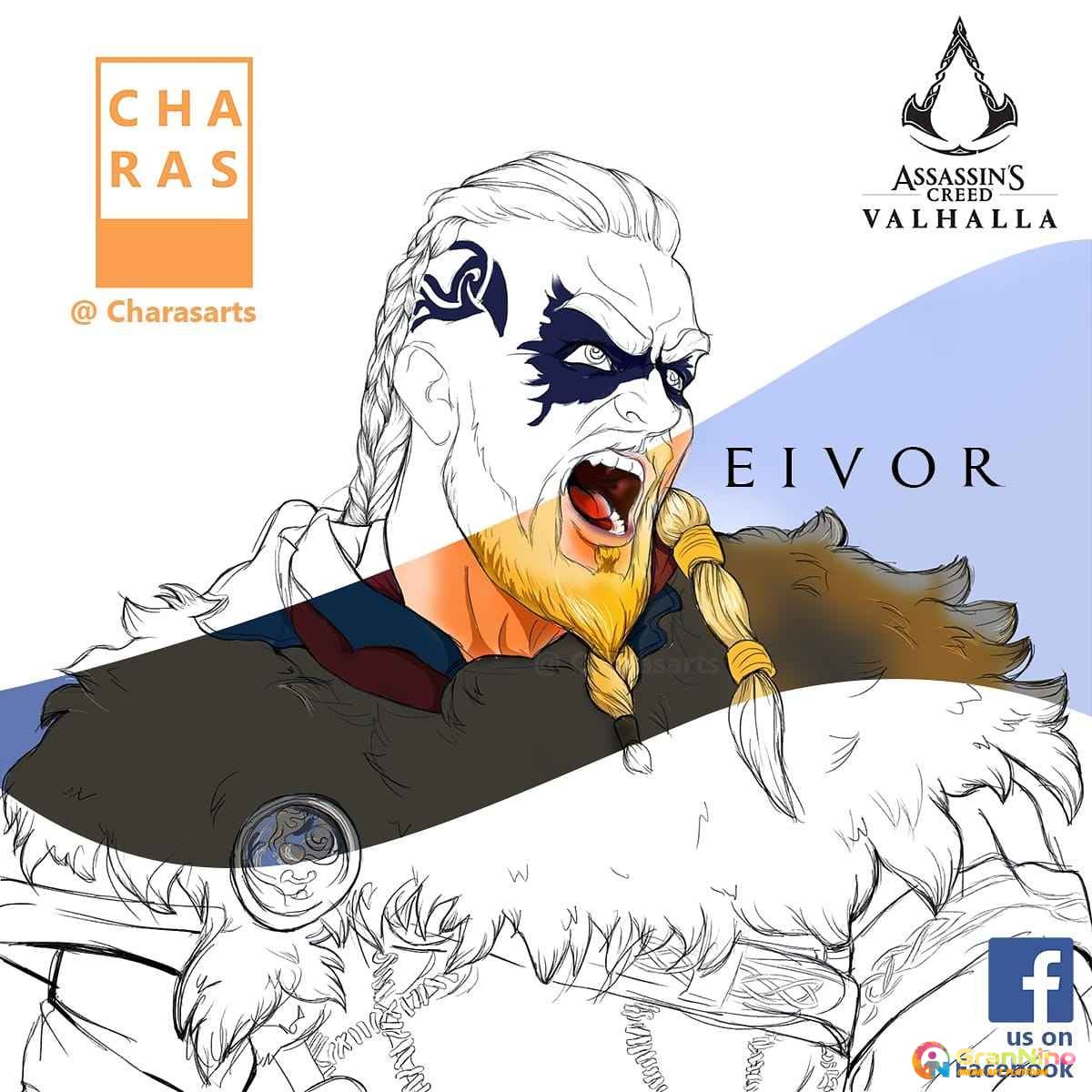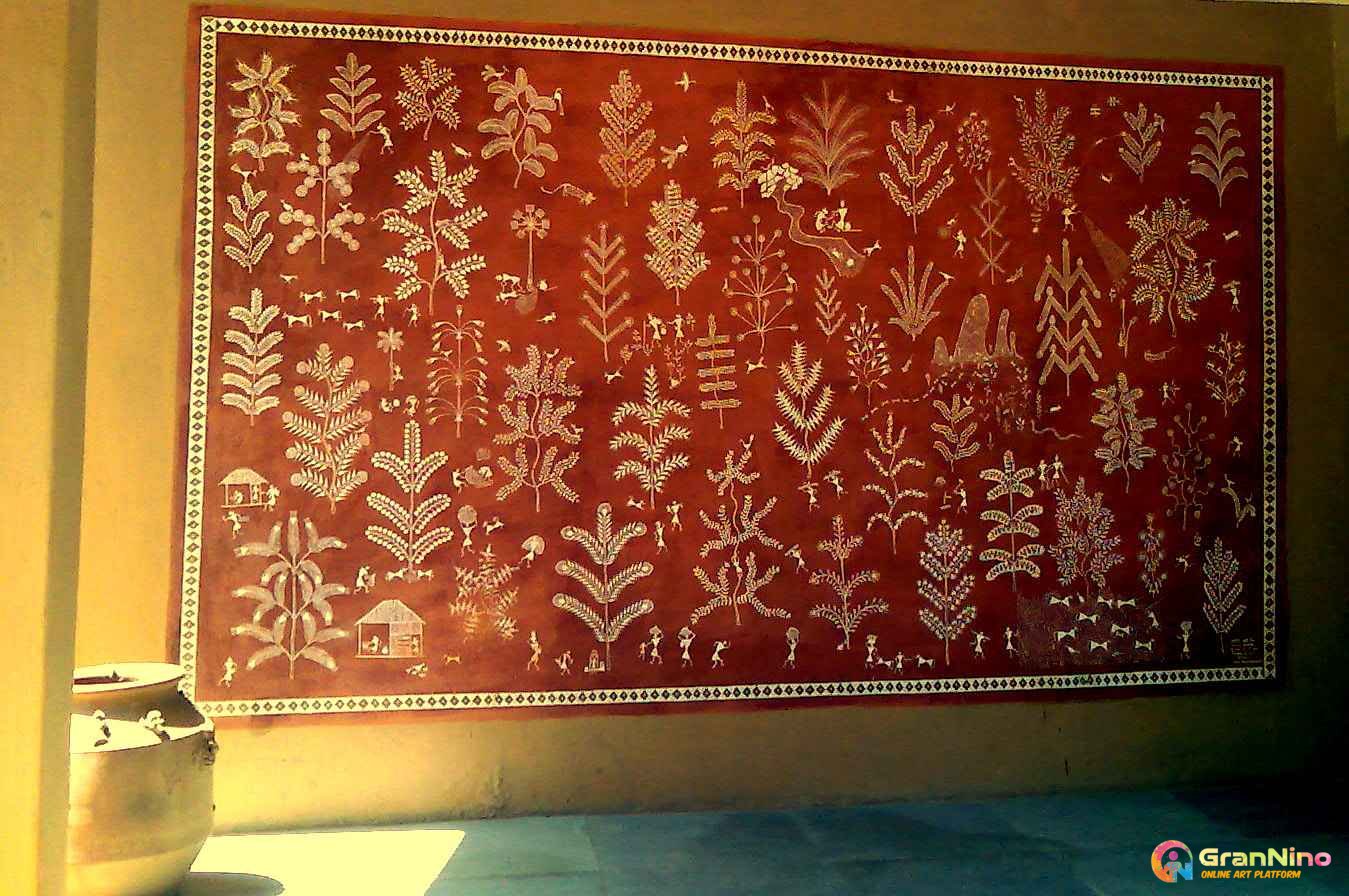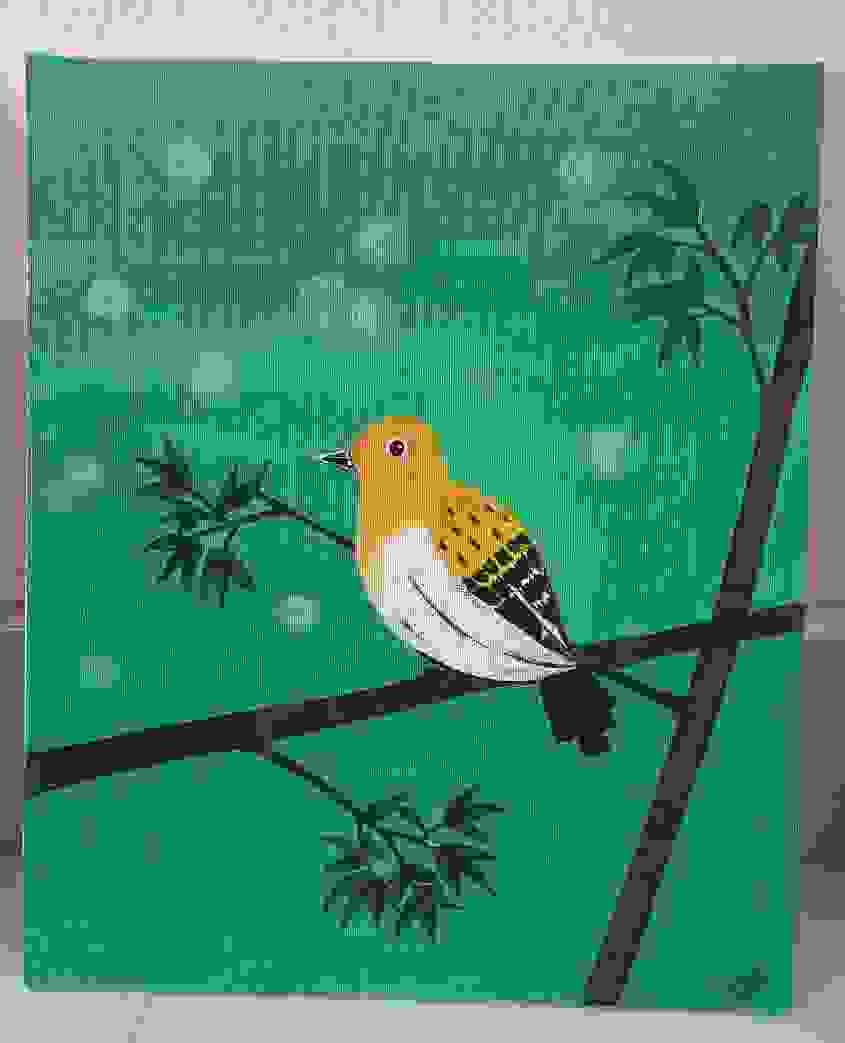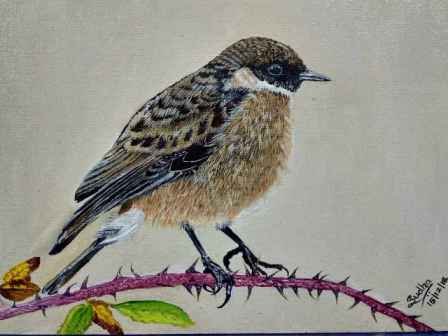Difference Between Tempera and Oil Paint
This Painting is also known as egg tempera. can be traced back to the 1st century BC, when it was used to decorate Egyptian sarcophagi. This paint was used to create high-quality art in Bagh Caves, Madhya Pradesh, India, from the late fourth to the tenth centuries. It is also used by artists such as Sandro Botticelli, Duccio, and Carlo Crivelli in the majority of their artworks.
On the other hand, Oil paint is a kind of paint that dries slowly and is composed of pigment particles suspended in a drying oil, usually linseed oil. Most painters worldwide favour oil painting, which is one of the most popular painting techniques.
Oil paint was invented long ago. Oil paints were first used in Asia as early as the 7th century AD. The oldest known oil paintings are Buddhist murals created almost at 650 AD. The paintings are created by walnut and poppy seed oils. The paintings are located in cave-like rooms carved from the cliffs of Bamiyan Valley of Afghanistan. Later it was used by most famous artists like Vincent Van Gogh, Leonardo da Vinci, Pablo Picasso.
On the contrary, Color pigments are combined with drying oils like poppy seed oil, walnut oil, linseed oil, safflower oil, etc. to make oil paint. A solvent like turpentine or white spirit can be added to the paint to change its viscosity, and varnish can be added to the cured oil paint coating to make it more glossy.
But, The artist can achieve a wide variety of opacity and intensity in their work with oil paint. It enables you to layer various colors and combine them to create beautiful works of art. Additionally, an artist can create a work gradually and make modifications or corrections with ease because oil paint dries slowly.
In opposition, Due to its robust qualities and vibrant colors, oil paint can be used on wood and metal in both indoor and outdoor settings. Due to its characteristics of delayed drying, it has recently been used in paint-on-glass animation.
Although, Oil paint has the capacity to stick to a variety of surfaces, and mediums can be employed to change this ability. Canvas, tempera, wood, glass, and a variety of other materials can all be painted with oil paints.
Instead, Oil paints blend easily, allowing the creation of various light and shadow effects as well as slight color shifts. Turpentine or other thinning chemicals can be used to thin oil paintings so that artists can layer their creations.
Professional artists employ oil paints that are made and developed to withstand chemical reactions brought on by exposure to water, ultraviolet light, and oxidation.
Yet, Despite the fact that oil paints are non-toxic, it is not advisable to apply them directly to the skin because certain of the pigments may be poisonous. The oil paint could irritate your skin if it gets on it. Usage specific face paints instead of oil paints, which are not intended for this use.
Article Details
Publish Date: 12/12/2021
Related Tags:
tempera egg painting tempera painting idea painting with egg yoke oil oil paint oil painting ideas oil for beginner oil painting ideas
Advertise Here Contact us

SUBSCRIBE TO OUR NEWSLETTER
Most Asked Questions:
- Q. How history is influenced by Tempera ?
- Answer: Tempera is a water soluble and fast drying painting medium, used long before the modern oil paints. This Painting is also known as egg tempera. can ....Read More
- Q. What is used to make Tempera?
- Answer: Tempera paintings are very long-lasting painting medium, and Egg yolk is the primary binder for the painting. But now a days, synthetic binders also u...Read More
- Q. How is the popularity of Tempera among Artists ?
- Answer: Using viscous fluids like egg yolk makes the art more creamy like, which allows artists to create smooth strokes on canvas and helps to make a uniform...Learn More
- Q. Explain the difference between Tempera and Encaustic Painting ?
- Answer: Encaustic painting, also known as hot wax painting, is a method of making artworks. In an......, On the other hand, Tempera is a water soluble and fast dryi.... Know More
- Q. Where can I buy Tempera (on Canvas) without commission?
- Answer: If you are looking for best Tempera for commission free purchase, you can check here.
- Q. How to sell Tempera online?
- Answer: If you are looking for best place to exhibit and selling Tempera , you can try GranNino. GranNino provides free art exhibition and commission free art selling.
